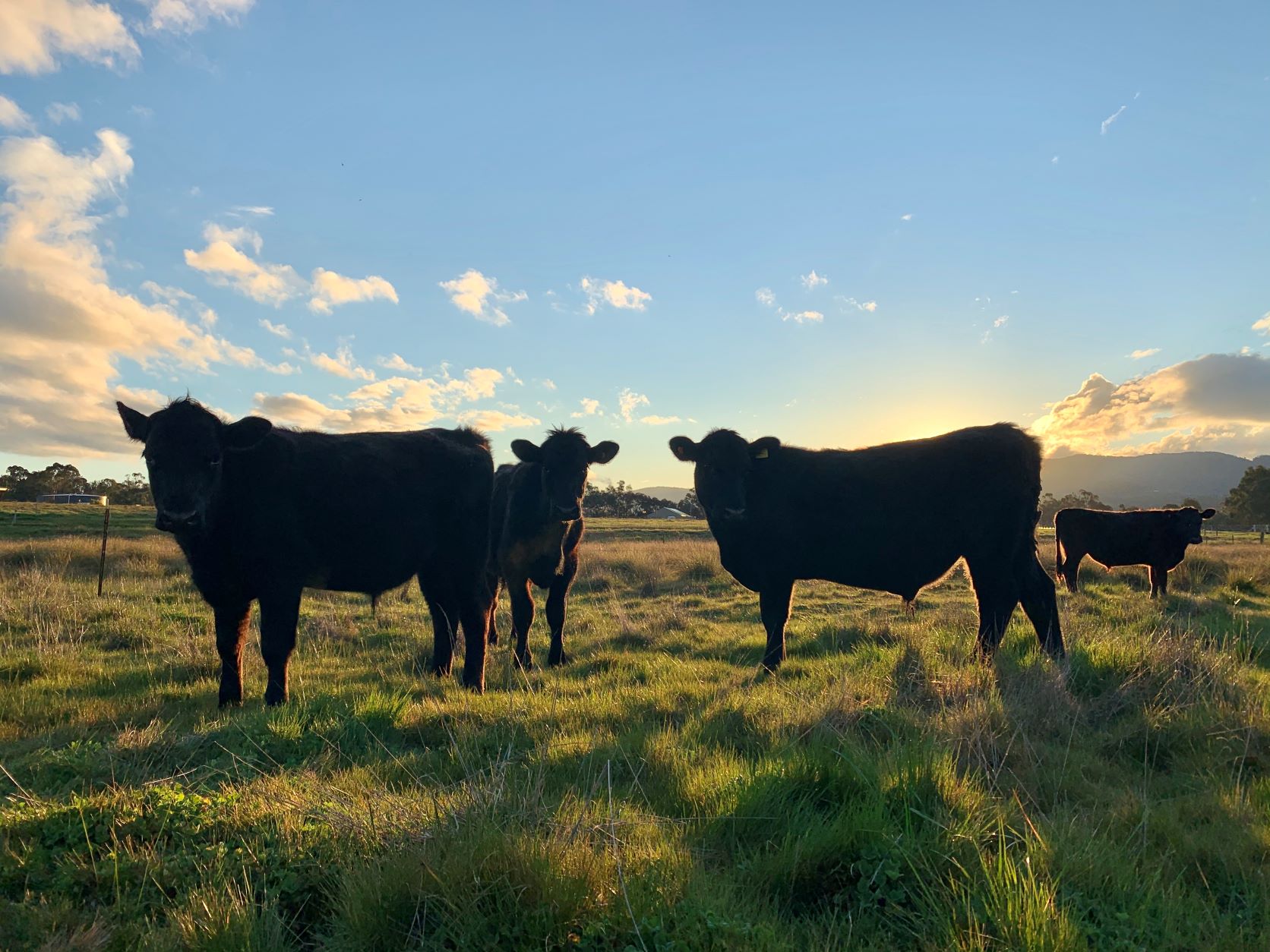What you need to know about grass tetany
05 Aug 2022
PRODUCTION ADVICE & NRM NEWS - AUGUST 2022 - ANIMAL HEALTH
By Mark Stillman, District Veterinarian
M: 0499 589 822 | E: mark.stillman@lls.nsw.gov.au

Grass tetany (hypomagnesemia) is a disorder in cattle where magnesium levels in the body become insufficient. Magnesium is an element required for muscle function and many metabolic processes. There are no body stores of magnesium, and decreased magnesium levels in feed or an increase in demand for magnesium (i.e. through excretion in milk to calves) can decrease magnesium in the body below critical levels, resulting in clinical signs or death. Late pregnant cows and cows with calves at foot, especially those on a lush green feed diet, are most at risk.
Symptoms:
In most cases, the first sign of grass tetany is finding dead cows. These animals may have froth around the mouth and nose, and the ground around their legs may be rubbed from leg ‘paddling’ or thrashing before death.
Mildly affected animals can appear normal and may only exhibit symptoms when stressed (for example, when yarding, mustering, trucking etc.) and may then show signs such as twitching of the face and ears, a wary appearance and a stiff gait. These early signs are subtle and often missed.
Intermediately affected cows may show more obvious signs, such as ‘goosestepping’ front legs, holding their tail high, and appearing blind.
Severely affected animals may show excitement, galloping, bellowing and staggering and quickly go down on their side with legs outstretched and ‘paddling’ back and forth. Animals are likely to die within minutes of being seen staggering and going down.
An individual cow suffering from grass tetany is a sign that other cows could be at risk or suffering from hypomagnesaemia. If grass tetany is diagnosed on a property, the risk of recurrence in the following years is high.
Risk Factors:
Time of year:
- Grass tetany usually occurs in late autumn/winter in cows grazing pastures that are grass dominant or young cereal crops (i.e. oats).
- Young grass and cereals have lower magnesium levels than older grass and cereal crops.
- Autumn/Winter calving cows will be more susceptible to grass tetany than spring calving cows.
Stress:
- Wind, rain, sudden lowering of temperature.
- A sudden change of feed and feed quality.
- Mustering
- Transport – do not transport cows in the last six weeks of pregnancy.
Age of Cows:
- Older cows are more susceptible
- More excretion of magnesium through milk (milk production tends to rise until four years of age and then stabilises)
- The absorption rate of magnesium decreases with age.
- Fat cows are more prone to grass tetany, and older cows tend to lay down more fat.
Breed:
- Some breeds are more susceptible, including; Angus, Angus crosses, and Murray Greys.
Prevention:
Prevention of grass tetany is aimed at reducing the factors that lead to the condition and/or supplying more magnesium into the diet:
- Adding magnesium oxide (i.e. Causmag®) to hay is often an effective way of adding magnesium to the diet.
- Magnesium licks or slurries can also be used, and magnesium blocks are available. It can be harder to ensure that each cow will consume what they require when using lick blocks.
- Provision of roughage will help slow gut transit time and improve magnesium absorption.
- Reduce the average age of cows in the herd, older animals are more susceptible.
- Reduce stress factors, provide shelter, and avoid transport and mustering during the risk period.
- Change calving season – the worst months for grass tetany are from June until August.
Treatment is with the administration of magnesium solutions (i.e. flow-pack 4 in 1 products) to affected animals, but relapse is common, and you may not find the animal while treatment is still possible.
For more information on preventing and managing grass tetany, you can consult your local vet or contact a Murray Local Land Services District Veterinarian.